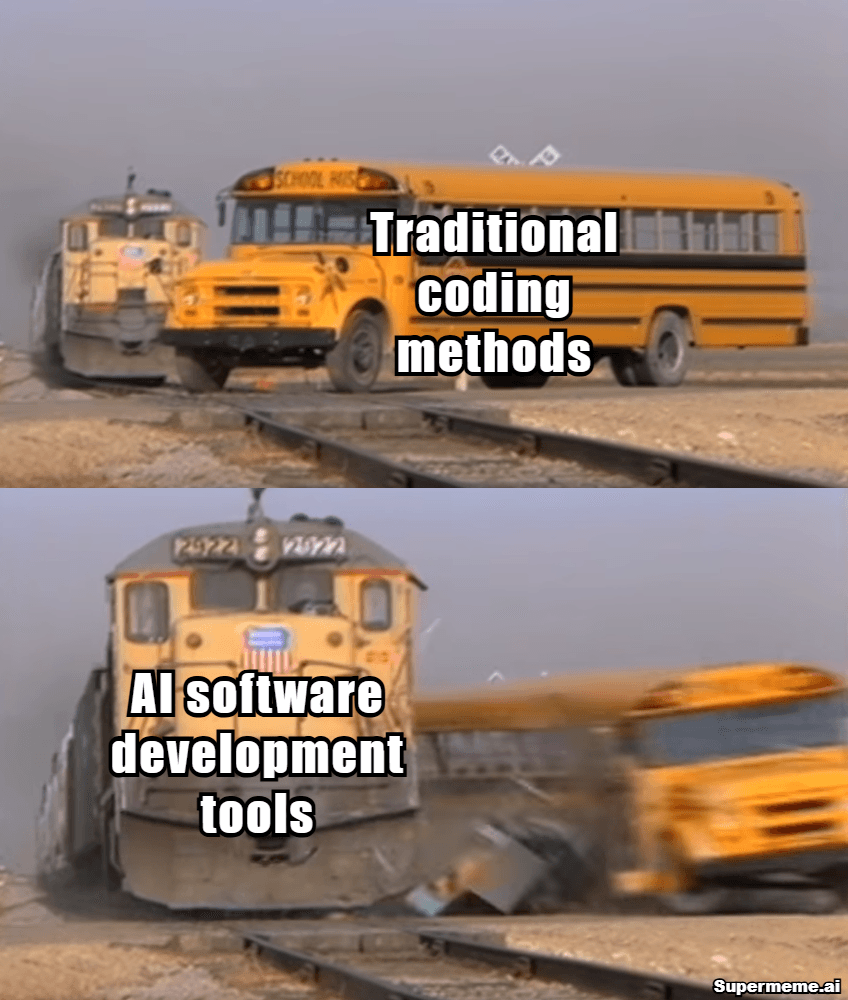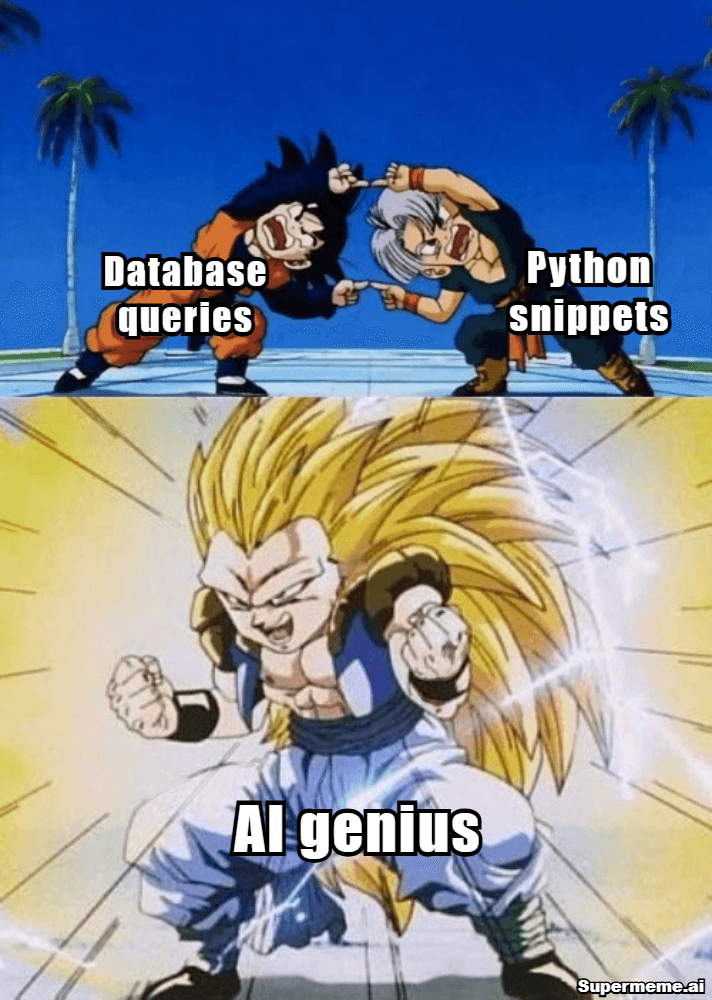The tech industry is undergoing a seismic transformation propelled by artificial intelligence (AI). Once a futuristic concept, AI has now become an indispensable partner in software development, fundamentally changing how code is written, tested, deployed, and maintained. As we move through 2025, the landscape of AI-powered software development tools is richer and more sophisticated than ever, empowering developers, accelerating innovation, and democratizing access to technology.
This article explores the most influential AI software development tools and platforms, their impact on the industry, and what the future holds for developers and organizations embracing this new era.

The Rise of AI in Software Development
AI's integration into software development is not just about automating mundane tasks. It is about augmenting human creativity, reducing errors, and enabling rapid iteration. The synergy between human ingenuity and machine intelligence is reshaping every phase of the software development lifecycle—from ideation to deployment and beyond.
Key Shifts Driven by AI Tools
- Accelerated Time to Market: AI automates routine tasks, shortens development cycles, and enables faster market testing and response to user feedback.
- Enhanced Code Quality: AI-driven code reviews, bug detection, and automated testing improve software reliability and maintainability.
- Democratization of Development: Low-code and no-code platforms powered by AI allow non-developers to build and customize applications, reducing reliance on deep technical expertise10.
- Smarter Project Management: Predictive analytics and intelligent resource allocation optimize project timelines and outcomes.
Categories of AI Development Tools in 2025
AI tools for software development can be broadly categorized into five transformative domains:
- Intelligent Coding Assistants
- Automated Code Review Platforms
- Machine Learning Model Development Tools
- Predictive Development Analytics
- AI-Powered Collaboration Platforms
Let’s delve into the leading tools and their real-world impact.
1. Intelligent Coding Assistants
GitHub Copilot X
GitHub Copilot X, the latest evolution of GitHub’s AI-powered coding assistant, leverages large language models to provide real-time code suggestions, contextual autocompletion, debugging assistance, and even automated documentation. Developers can describe what they want in plain English, and Copilot X generates code snippets, entire functions, or even complex algorithms.
Impact:
- Boosts productivity by reducing boilerplate coding.
- Lowers the barrier for beginners by simplifying complex tasks.
- Reduces coding errors and accelerates onboarding for new languages or frameworks.
Tabnine and Cody AI
Tabnine and Cody AI are robust code assistants that integrate with popular IDEs, offering secure, privacy-conscious code suggestions and advanced codebase analysis. These tools are especially valued in organizations with strict security and compliance requirements.
Impact:
- Maintains coding standards and best practices.
- Provides detailed code navigation and debugging support.
- Accelerates learning and onboarding for unfamiliar codebases.
ChatGPT Enterprise
OpenAI’s ChatGPT Enterprise is more than a chatbot—it’s a versatile AI assistant for brainstorming, code generation, translation, data analysis, and project management12. Its multimodal capabilities allow developers to interact with text, images, and code, making it a powerful tool for both technical and non-technical tasks.
Impact:
- Automates repetitive tasks, freeing time for creative work.
- Integrates seamlessly with productivity tools.
- Personalizes interactions by retaining context over time.
2. Automated Code Review and Bug Detection
DeepCode and SonarQube
AI-powered platforms like DeepCode and SonarQube use machine learning to scan codebases for vulnerabilities, logical errors, and inefficiencies514. They provide actionable suggestions, enabling developers to fix issues before they escalate.
Impact:
- Improves code reliability and security.
- Reduces manual review time, especially in large projects.
- Facilitates compliance with industry standards.
3. Automated Testing and Quality Assurance
Testim and Applitools
AI-driven testing tools such as Testim and Applitools automate the creation, execution, and analysis of test cases5710. They can identify bugs, inconsistencies, and UI issues more efficiently than manual testing.
Impact:
- Ensures higher test coverage and faster feedback cycles.
- Reduces time to market by minimizing manual intervention.
- Enhances product quality and user satisfaction.
4. Machine Learning Model Development
TensorFlow 3.0 and Hugging Face AI Suite
TensorFlow 3.0 offers an intuitive framework for building and deploying machine learning models, catering to both beginners and experts. Hugging Face’s AI Suite supports multimodal models, enabling seamless integration of text, images, and audio.
Impact:
- Accelerates AI model development and deployment.
- Democratizes access to state-of-the-art machine learning tools.
- Fosters innovation in diverse fields, from healthcare to fintech.
5. Predictive Analytics and Project Management
AI-Enhanced Project Management Tools
AI-driven project management platforms use predictive analytics to forecast project timelines, identify bottlenecks, and optimize resource allocation. Tools like ClickUp and Asana integrate AI features to automate task prioritization and scheduling.
Impact:
- Increases project efficiency and flexibility.
- Reduces the risk of delays and resource misallocation.
- Enables data-driven decision-making for managers.
6. Low-Code and No-Code AI Platforms
Bubble, Bolt, and StackBlitz
Low-code and no-code platforms such as Bubble, Bolt, and StackBlitz empower non-developers to build functional applications using simple prompts and drag-and-drop interfaces. AI handles the heavy lifting, from code generation to deployment.
Impact:
- Expands the pool of software creators beyond traditional developers.
- Accelerates prototyping and iteration.
- Reduces development costs and time-to-market.
7. AI for Creative and Multimedia Development
MidJourney V6 and Runway Gen-5
Generative AI tools like MidJourney V6 and Runway Gen-5 are revolutionizing creative industries by enabling the rapid generation of photorealistic images, unique designs, and dynamic video content.
Impact:
- Speeds up creative workflows for designers and marketers.
- Enables quick prototyping and visualization.
- Enhances storytelling and content creation capabilities.

How AI Tools Are Changing Developer Roles
The rise of AI in software development is not about replacing developers but about transforming their roles. Developers now focus more on creative problem-solving, architecture design, and strategic thinking, while AI handles repetitive, error-prone, and time-consuming tasks. Businesses looking to implement such AI capabilities can partner with an AI development company in USA to build robust AI-powered development solutions.
Key Benefits for Developers
- Supercharged Productivity: AI assistants reduce hands-on coding time by up to 30%, freeing developers to tackle complex challenges.
- Faster Onboarding: AI tools help new team members navigate codebases and languages quickly, reducing ramp-up time.
- Continuous Learning: AI provides explanations and best practices, turning every interaction into a learning opportunity.
- Improved Job Satisfaction: By automating mundane tasks, AI allows developers to focus on fulfilling, creative work, reducing burnout.
Addressing Challenges and Developer Skepticism
Despite the clear benefits, some developers remain skeptical about AI-generated code’s reliability and the potential for job displacement. However, the prevailing trend in 2025 is collaboration—AI tools are designed to augment, not replace, human developers. The most successful teams are those that leverage AI as a partner, using its strengths to complement human expertise.
The Future: Toward Autonomous Software Development
Looking ahead, AI’s role in software development will only deepen. Experts predict a future where machines write most of their own code, with humans guiding strategy, creativity, and ethical considerations. The evolution of AI-powered tools will continue to:
- Automate more complex aspects of development.
- Enable real-time, context-aware collaboration across distributed teams.
- Make software creation accessible to a broader audience, regardless of technical background.

Conclusion
AI software development tools are not just transforming the tech industry—they are redefining what is possible. From intelligent coding assistants and automated testing to low-code platforms and creative AI, these tools are empowering developers, accelerating innovation, and democratizing access to technology. Organizations and professionals who embrace this AI-driven future will be best positioned to lead in the rapidly evolving digital landscape.


